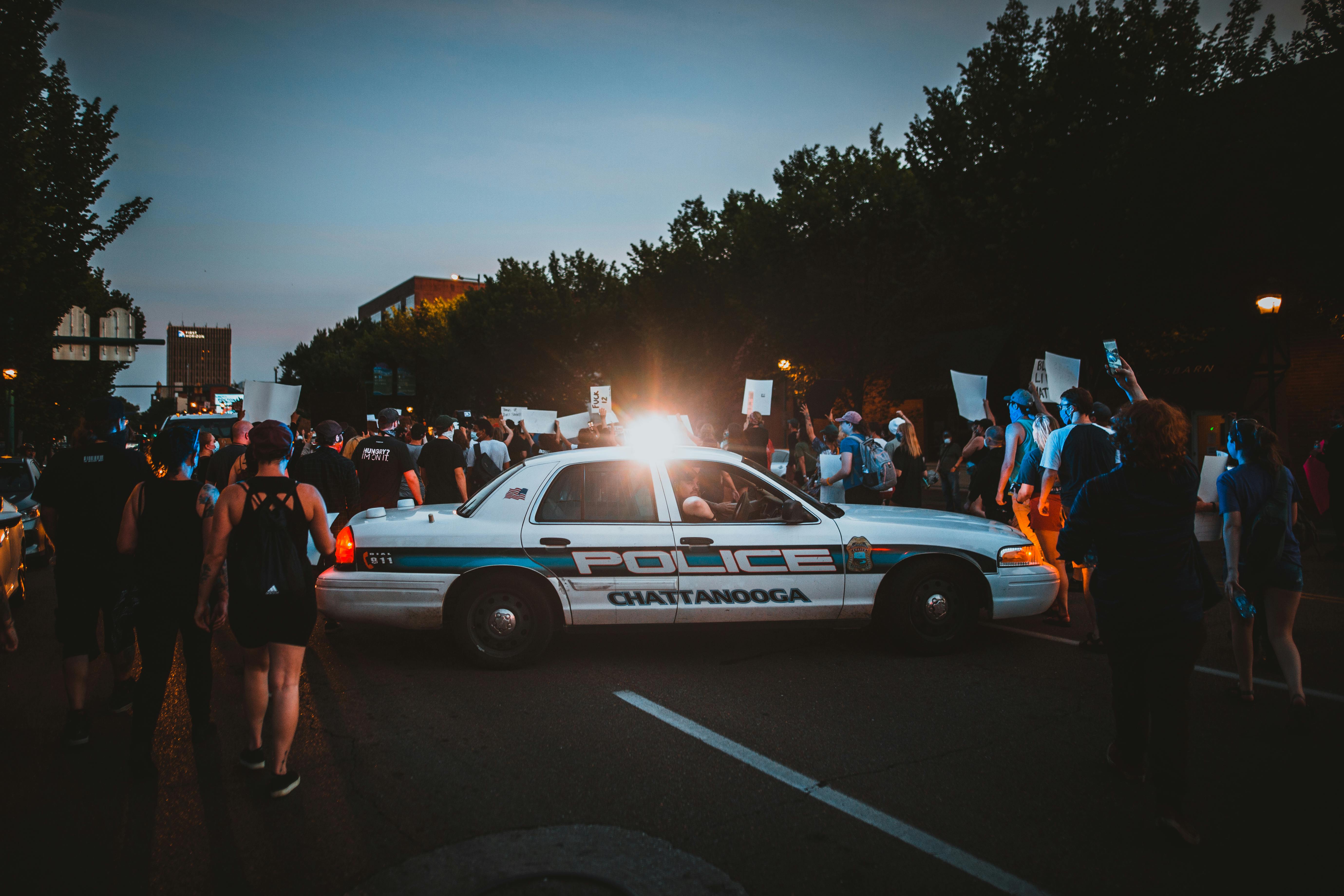LPG conversion is not just a trend that environmentally minded groups of people have been advocating for years. This method of allowing vehicles to run on liquefied petroleum gas instead of gasoline or diesel has proven to be a hit with other types of consumers.
In fact, various governments around the world have offered subsidies to consumers who volunteer to convert their cars from gasoline to LPG. This is a small but welcome relief for a good number of vehicle owners who may find the conversion cost quite high. Also, the cost of conversion should be viewed as an investment, as there are a fair amount of benefits reserved for vehicle owners who do so.
Obviously, the impact of using LPG is felt on the environment, as vehicles that use LPG instead of gasoline produce minimal leaks and air pollutants. With action urged to save Mother Earth, the increasing use of LPG should signal a shift in more consumers wanting to stick to alternative fuel sources. More importantly, while the cost of converting a vehicle to use LPG from gasoline can be high, the costs pay off in the long run. This is because the cost of LPG per liter is noticeably more affordable compared to gasoline.
The response from the public has been positive and more and more shops are offering to do the service at too low costs. This should set off an alarm for consumers who are practical and want to save on converting their vehicle to LPG. They need to be careful as overly affordable LPG conversion services can actually turn into scams by garage owners wanting to make easy money in a rapidly rising trend.
With actual conversion costs set aside, the factor that attracts many vehicle owners to turn to LPG is the long-term fuel cost savings witnessed by a good number of LPG-powered vehicle owners. Are the savings really remarkable or minimal, only to be offset by the good feeling of sponsoring an environmentally safe product?
With gasoline, a typical car will average about 12 liters per 100 kilometers. With gas, the figure will rise to about 15 liters. But then, even though a vehicle would require more LPG to run, the costs multiplied per liter would still add up to savings for LPG users in the long run. Also, the conversion would make more sense for vehicles with larger engines, as they consume more fuel. If the annual mileage of a vehicle is 10,000, the cost of 5.5 liters per 100 km with gasoline (equal to 550 liters) would still be higher than the 700 liters of LPG consumed in a year.
